Concept
Alternate Profiles
Different views and formats:
Alternate Profiles ?Profiles (alternative information views) encoded in various Media Types (HTML, text, RDF, JSON etc.) are available for this resource.
- Preferred Labelskos:prefLabel
Testbed-12 Vector Tiling Engineering Report
- URI
- http://www.opengis.net/def/docs/16-068r4 ↗Go to the persistent identifier link
- Within Vocab
- OGC Documents
| Definitionskos:definition | This OGC Testbed 12 Engineering Report discusses the topic of vector tiling. While tiling and the use of multiple levels of details are a proven technique for raster data, it is relatively new for vector data. This is due to the increased complexity for tiling vector data compared to raster tiling. Further, there is a lack of standardization on the topic. Yet vector tiles can provide the same benefits as for raster tiles: Services can easily cache tiles and return them upon request, without the need for any additional pre/post processing (assuming no geometry construction is needed in the server). Consequently, clients can request and receive tiles quickly, ensuring better user experience. Due to tiled, multileveled data representations, clients can better access the data most suitable for their current map location and scale. This avoids the need to load too much data, which can cause both excessive memory usage and network traffic resulting in reduced overall performance. An example of vector tiling that illustrates the impact of these benefits is the OpenStreetMap (OSM) data store, which includes over 30 GB of data with worldwide coverage consisting of millions of vector features. Loading and visualizing all the OSM data into an application would either result in a memory shortage or unacceptable performance. By means of vector tiling and the generation of multiple levels of detail, apps using OSM data can load such data sets very efficiently into applications. This Engineering Report (ER) focuses on the general aspects of vector tiling. One of the main goals is to characterize what vector tiling is and how it can be approached. Highlighted topics include tiling approaches and strategies, tiling schemes, data coherence, simplification, scalability and styling. With respect to tiling schemes, existing standards material related to raster tiling schemes is incorporated to align both topics and to maximize interoperability. This includes the Defence Geospatial Information Working Group (DGIWG) Web Map Tiling Standard (WMTS) profile and the National System for Geospatial-Intelligence (NSG) WMTS profile as defined by the U.S. National Geospatial-Intelligence Agency (NGA). The topic of implementing vector tiles using a tile encoding / storage format is not covered. A study of implementing vector tiles in OGC GeoPackage is part of a separate Engineering Report, OGC 16-067, that builds on the results of this ER. |
|---|---|
| Broaderbroader | Public Engineering Report |
| http://purl.org/dc/terms/createdcreated | 2017-06-16 |
| Creatorcreator | Daniel Balog, Robin Houtmeyers |
| hasProfilehasProfile | http://www.opengis.net/def/docs/16-068r4?_profile=conceptscheme |
| seeAlsoseeAlso | http://www.opengis.net/def/docs/16-068r4?_profile=alt |
| https://docs.ogc.org/per/16-068r4.html | |
| Status of item in register or collectionstatus | valid |
| Notationnotation | 16-068r4 |
| Alternative LabelaltLabel | Testbed-12 Vector Tiling Engineering Report |
| 16-068r4 | |
| OGC document typedoctype | Public Engineering Report |
